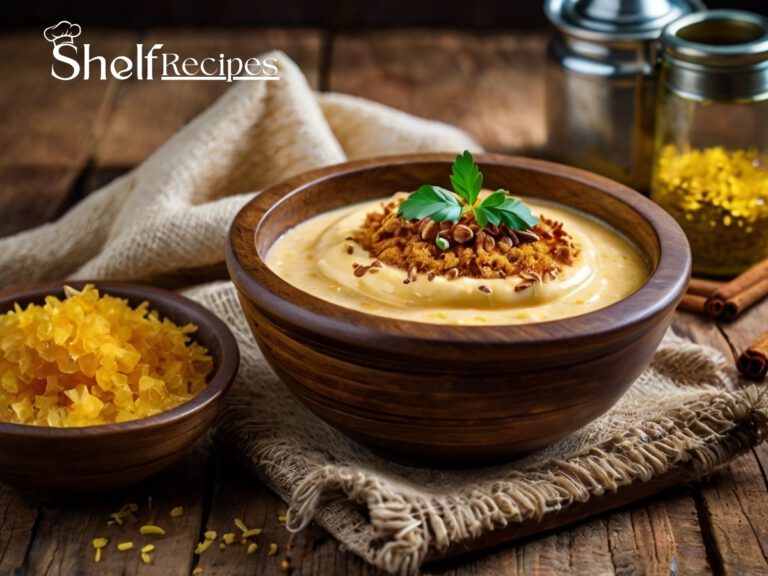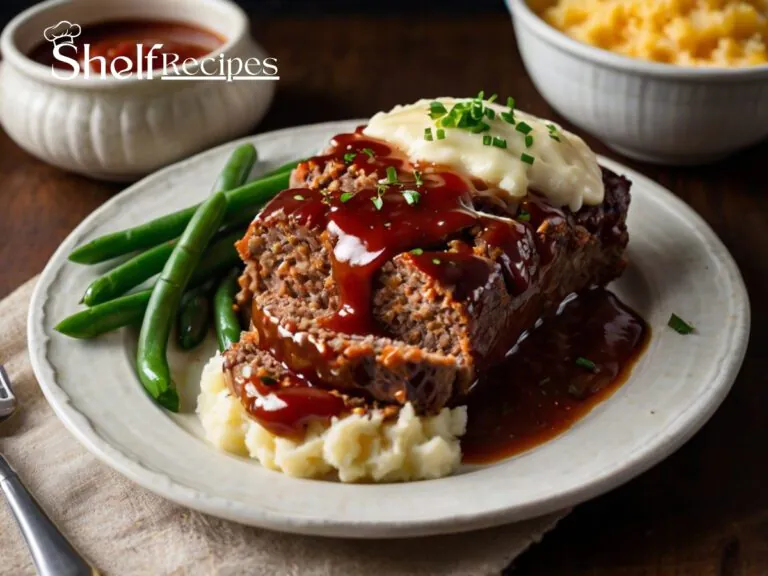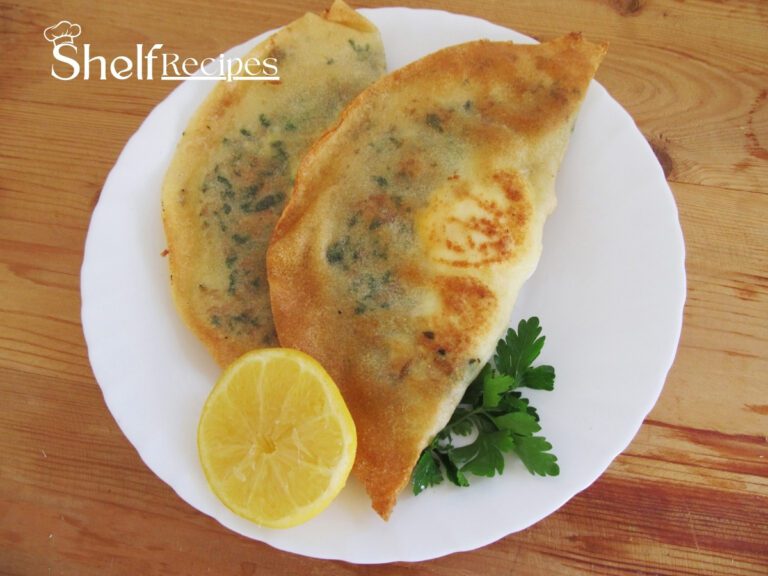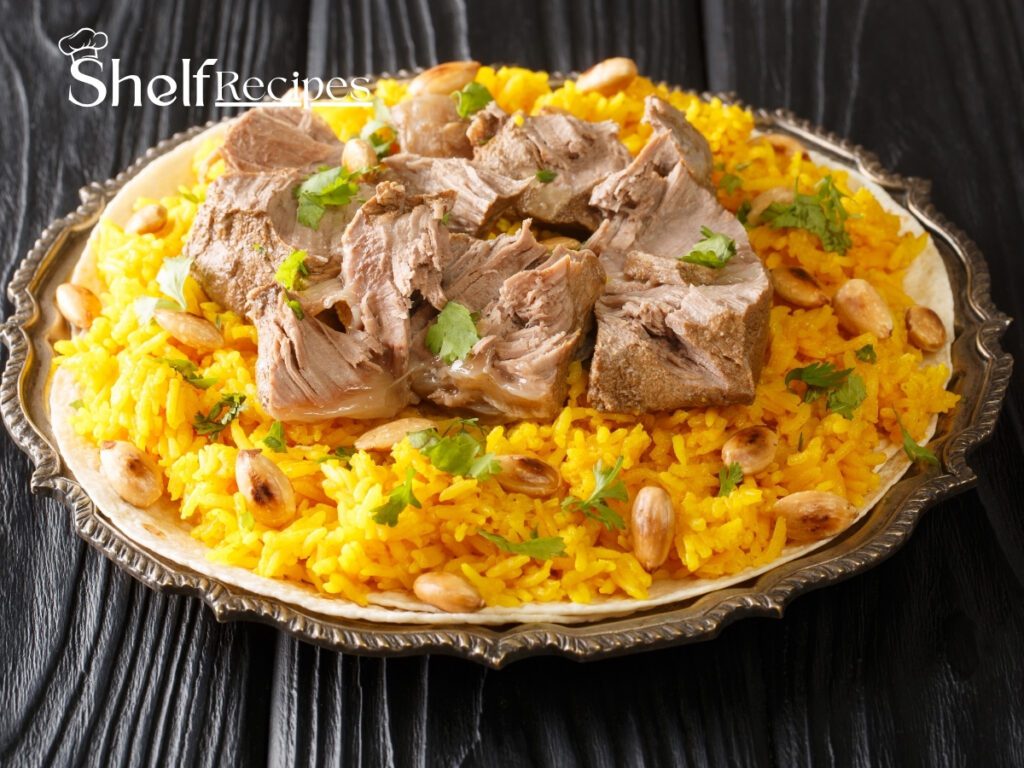
Mansaf is Jordan’s national dish, a rich and flavorful meal that symbolizes hospitality and tradition. This hearty dish features tender lamb cooked in jameed (fermented dried yogurt) and served over rice with shrak (thin flatbread). Whether you’re exploring Middle Eastern cuisine or preparing for a special occasion, this authentic Mansaf recipe will guide you step by step.
What is Mansaf?
Mansaf is a traditional Jordanian dish steeped in Bedouin culture, embodying the warmth of Jordanian hospitality. Often gracing tables at celebrations, weddings, and family gatherings, it features succulent slow-cooked lamb layered over aromatic rice, crowned with a tangy, creamy jameed sauce. This fermented yogurt base defines its bold, distinctive flavor. This iconic dish is more than a meal; it celebrates Jordanian heritage, reflecting centuries of tradition and communal spirit.
for more info check this article.
Historical Background of Mansaf
Origins and Evolution:
- Bedouin Beginnings:
- Mansaf traces its roots to the Bedouin tribes of the Jordanian desert, where it began as a simple dish of meat cooked with available resources like wheat and fermented yogurt, reflecting a nomadic lifestyle of resilience and resourcefulness.
- Jameed’s Emergence:
- The use of jameed—dried, fermented goat or sheep yogurt—evolved as a preservation technique in the arid climate, allowing Bedouins to store dairy for long periods, a practice that became central to Mansaf’s identity.
- Cultural Transformation:
- As Jordan transitioned from tribal life to a unified kingdom in the 20th century, Mansaf grew from a Bedouin staple to a national dish, symbolizing unity during the formation of modern Jordan under King Abdullah I.
Significance in Jordanian Culture:
- Celebratory Symbol:
- By the early 20th century, Mansaf was cemented as the dish of choice for weddings, funerals, and tribal reconciliations, embodying hospitality and communal bonds.
- Royal Endorsement:
- Its prominence was boosted by Jordan’s Hashemite rulers, who served it at state events, elevating Mansaf to a symbol of national pride and heritage.
- Regional Influence:
- Trade and migration across the Levant introduced rice and spices like cardamom, refining Mansaf into the layered dish known today, distinct from similar Levantine meat-and-yogurt dishes.
Historical Practices and Modern Legacy:
- Traditional Preparation:
- Historically, Mansaf was cooked over open fires in large trays, with families gathering to eat from a single platter using their hands—a tradition still honored in rural areas.
- Global Recognition:
- Since Jordan’s independence in 1946, Mansaf has traveled beyond borders, appearing in diaspora communities and international food festivals, showcasing Jordanian culture worldwide.
- Culinary Preservation:
- Recipes have been passed down orally, with families guarding their unique spice blends, yet Mansaf remains a unifying thread in Jordan’s diverse society.
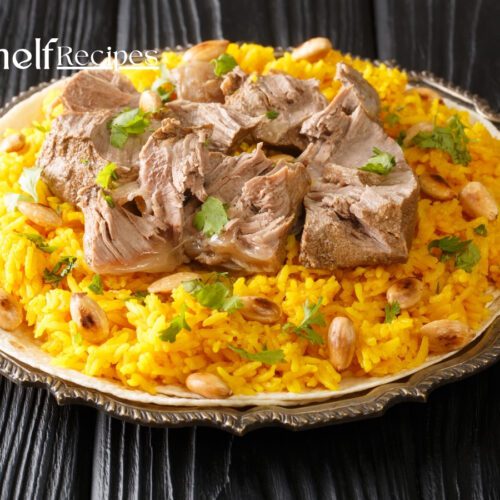
Mansaf
Ingredients
Main Ingredients:
- 2 kg lamb bone-in for best flavor
- 1 liter jameed rehydrated and blended or 2 cups liquid jameed
- 1 large onion quartered
- 2 liters water
- 3 cups basmati rice
- 6-8 pieces shrak bread or other thin flatbread
- ¼ cup ghee or butter
Spices & Seasoning:
- 2 bay leaves
- 5 cardamom pods
- 1 tsp ground turmeric
- 1 tsp ground cinnamon
- 1 tsp black pepper
- Salt to taste
Garnish:
- 1 cup toasted almonds or pine nuts
- Fresh parsley chopped
Instructions
Step 1: Cook the Lamb
- In a large pot, heat water and add the lamb, onion, bay leaves, cardamom, and salt.
- Simmer for 1.5 hours until the meat becomes tender.
- Remove the lamb and strain the broth, discarding solids.
Step 2: Prepare the Jameed Sauce
- Blend the jameed until smooth, then add it to the strained lamb broth.
- Stir well and let it simmer over low heat for 10 minutes.
Step 3: Cook the Rice
- Rinse and soak the basmati rice for 30 minutes.
- In a pot, heat ghee and add turmeric, then add the drained rice.
- Pour in enough water to cook the rice and let it simmer until fluffy.
Step 4: Assemble the Mansaf
- Place shrak bread on a large serving platter.
- Spread a layer of rice over the bread.
- Arrange the lamb on top and pour jameed sauce generously over the dish.
- Garnish with toasted almonds and parsley.
Step 5: Serve and Enjoy!
- Serve warm with extra jameed sauce on the side. Traditionally, Mansaf is eaten with the right hand, without utensils, as a sign of hospitality.
Equipment Needed
- Large pot – for cooking the lamb and preparing the jameed sauce.
- Blender – to mix and smooth the jameed.
- Rice cooker or saucepan – for cooking the rice.
- Serving platter – to assemble and present the Mansaf.
- Ladle – for pouring the jameed sauce over the dish.
- Toasting pan – for roasting almonds or pine nuts for garnish.
Nutritional Benefits of Mansaf
Balanced Nourishment:
- High-Quality Protein:
- The lamb in Mansaf provides a robust source of complete protein, rich in essential amino acids vital for muscle repair, immune function, and overall growth, making it a powerhouse for physical strength.
- Calcium and Probiotics:
- Jameed, the fermented yogurt base, delivers calcium for strong bones and teeth, while its natural probiotics support gut health, aiding digestion and boosting immunity.
- Complex Carbohydrates:
- The rice offers sustained energy through complex carbs, ideal for long-lasting fuel during celebratory feasts or daily activities, helping stabilize blood sugar levels.
- Healthy Fats:
- Lamb fat and any added ghee or olive oil provide monounsaturated and saturated fats, which, in moderation, support brain health, hormone production, and energy reserves.
- Micronutrient Boost:
- Spices like turmeric and cardamom bring antioxidants that reduce inflammation, while lamb supplies iron and zinc, crucial for oxygen transport and immune defense.
- Bone Health:
- If slow-cooked with bones, Mansaf extracts collagen and minerals like magnesium, enhancing joint and skeletal strength—a nod to its hearty, restorative nature.
- Satiety Factor:
- The combination of protein, fats, and carbs creates a filling meal, promoting satisfaction and reducing overeating, which is perfect for communal dining.
- Electrolyte Balance:
- The salty jameed sauce helps replenish sodium and other electrolytes, especially beneficial in Jordan’s hot climate or after physical exertion.
- Mood Enhancement:
- Rich in tryptophan from lamb and comforting carbs from rice, Mansaf may lift serotonin levels, offering a psychological boost during social gatherings.
- Adaptable Nutrition:
- Vegetarian versions with mushrooms or jackfruit retain fiber and antioxidants, while cutting saturated fat, catering to diverse dietary needs without losing nutritional value.
Why Mansaf is the Ultimate Jordanian Dish
- Cultural Significance:
- Mansaf is more than a meal—it’s a cultural cornerstone, served at weddings, funerals, and national holidays, embodying Jordanian values of hospitality, unity, and respect for tradition. It’s a dish that ties generations together, from Bedouin tents to modern homes.
- Rich in Flavor:
- The jameed sauce, with its tangy, fermented depth, paired with tender lamb and subtly spiced rice, creates a flavor profile that’s bold yet balanced—an unmistakable taste that distinguishes Mansaf as a culinary gem of the Levant.
- Filling & Hearty:
- Built for abundance, Mansaf’s generous layers of rice, meat, and sauce make it a sustaining feast, perfectly suited for large gatherings where sharing a single platter fosters connection and satisfaction.
- Emotional Resonance:
- Beyond its taste, Mansaf evokes a sense of pride and belonging, making it the ultimate comfort food that warms both body and soul, especially during significant life events.
- Visual Appeal:
- Presented on a grand platter, often garnished with nuts like almonds or pine nuts, Mansaf is a feast for the eyes, symbolizing prosperity and celebration in every vibrant bite.
Serving Suggestions & Variations
Vegetarian Twist:
- Meat Alternatives: Swap lamb for meaty mushrooms or jackfruit, which soak up the jameed sauce’s tanginess, offering a lighter yet flavorful plant-based option.
- Enhanced Texture: Add roasted eggplant or chickpeas for extra heartiness, keeping the dish true to its communal spirit.
Modern Variation:
- Yogurt Swap: Replace jameed with fresh yogurt for a smoother, milder taste, softening the intensity for those new to the dish or seeking a quicker prep.
- Creamy Twist: Blend yogurt with a touch of garlic or mint for a contemporary flair that complements the rice and spices.
Spicy Option:
- Heat Boost: Stir in chili powder or a dollop of harissa to ignite the palate, cutting through the richness with a fiery edge.
- Garnish Kick: Top with fresh red chilies or a drizzle of spicy oil, letting diners customize their spice level for a bold, personalized experience.
More Middle Eastern Recipes You’ll Love
Looking to explore more Middle Eastern cuisine? Check out these delicious recipes:
- Traditional Arabic Hummus from Forks and Foliage
- Lebanese Kibbeh from Zaatar and Zaytoun
Final Thoughts
Mansaf is more than just a meal—it’s a symbol of Jordanian hospitality and tradition. Whether you’re making it for the first time or reliving fond memories, this dish brings people together.
Have you tried making Mansaf before? Share your experience in the comments!
Don’t forget to check out more on our Ramadan recipes page from different countries!
